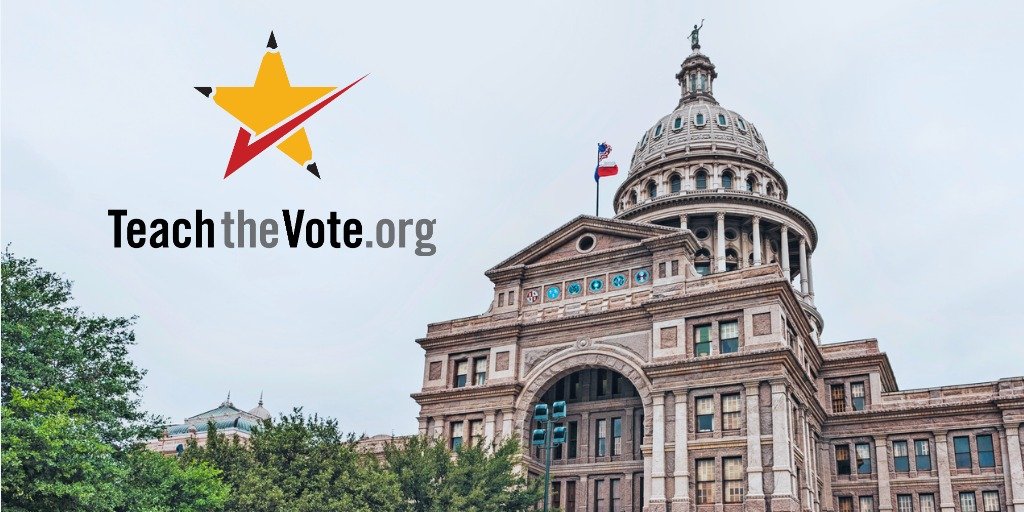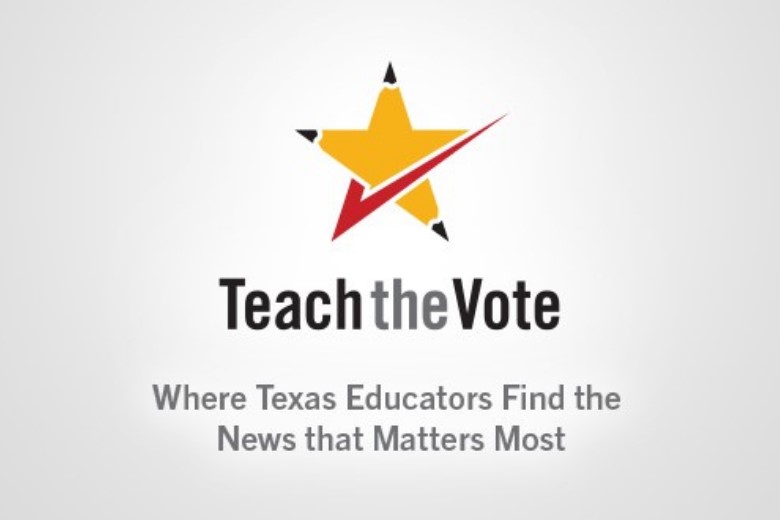Teachers and suffrage: Remembering the 19th Amendment a century later

Congress | Federal Elections Curriculum | Instruction
Date Posted: 8/18/2020 | Author: Andrea Chevalier

After decades of organizing, advocacy, and lobbying at both the state and federal level, the 19th Amendment to the U.S. Constitution was passed by the U.S. House of Representatives on May 21, 1919, and the U.S. Senate on June 4, 1919. It took over a year to secure the approval of the 36 state legislatures necessary to ratify the amendment and formally add it to the U.S. Constitution, securing women's right to vote. Texas was the first southern state to ratify the 19th Amendment on June 28, 1919. On August 18, 1920, after an intense showdown, the Tennessee House of Representatives provided the final (and narrow) approval necessary for the amendment's ratification.
One hundred years later, the legacy of the 19th Amendment is marred by current voting rights struggles that still hinder ballot access for many communities across America. Let's take a look back at the incredible influence of teachers on the history of the 19th Amendment and reflect on where we stand today.
In many ways, the entree of women into the teaching profession lit the fire for women's equality. Dana Goldstein writes in her New York Times bestselling book The Teacher Wars that the taxpayer friendly truth that women could be paid less than men helped to secure a legislative appropriation for the first common schools and teacher training schools in Massachusetts. As public schooling grew across the United States, more and more women gained education, small salaries, independence, and community through the profession of teaching. Through their work, female teachers realized their lack of equality in the workplace, and some began to push for equal higher education, equal pay, access to positions typically held by men, and the right to vote.
 Susan B. Anthony. Source: Library of Congress
Susan B. Anthony. Source: Library of CongressSusan B. Anthony taught school for 10 years before returning home after becoming frustrated with a stagnant salary and no chance of promotion to headmaster. In 1853, Anthony made a speech at the New York State Teachers' Association condemning the gender-based wage gap that caused the female-dominated profession of teaching to be less lucrative. As Anthony grew in influence and activism, she catapulted into the women's rights movement alongside Elizabeth Cady Stanton, but both of their efforts slowed as the Civil War bloodied the nation.
While women's suffrage and abolitionist movements had been linked since the beginning, the eventual extension of voting rights to Black men over white women through the 15th amendment in 1870 created racial and gender-based divisions between white and Black suffragists. Stanton and Anthony split off from other suffragists to fight for a federal amendment to secure women's voting rights. This strategy was at the expense of Black voices and causes in order to appease anti-Black leaders who would need to approve the amendment. By 1890, suffragists reconciled their differences enough to create the National American Women Suffrage Association. They employed both federal and state-level strategies as suffragists worked the entire country, priming it for the eventual ratification of the 19th Amendment.
Reconstruction-era Black women entered into teaching with extremely high stakes for educating newly freed Black children and adults. Through Reconstruction and beyond, Black female educators were often also poets, journalists, writers, and lecturers, and many traveled the country to promote education, economic freedom, and political empowerment for Black women and men. These educators included Mary Ann Shadd Cary, Ida B. Wells-Barnett, Charlotte Forten Grimke, Angelina Weld Grimke, Mary Church Terrell, Mary Talbert, Frances Barrier Williams, Anna Julia Cooper, Mary McLeod Bethune, and Septima Clark.
 Ida B. Wells. Source: Library of Congress
Ida B. Wells. Source: Library of CongressAfter losing her parents to yellow fever, Ida B. Wells became a teacher to take care of her siblings. During her time as a teacher, she eventually owned two newspapers and worked as a journalist and publisher. Wells was an advocate on issues such as school segregation, lynching, and voting rights and formed several organizations, including the Alpha Suffrage Club in Chicago (1913). The Alpha Suffrage Club secured voting rights for Black women in Illinois in 1913, ahead of the 19th Amendment.
The cause wasn't just for white and Black women; educators of all backgrounds joined in the battle for suffrage. Frederick Douglass is a well-known abolitionist and community educator who strongly believed in the power of reading, literacy, and education as tools of freedom. He was an active supporter of women's suffrage until his death in 1895. Mabel Lee, a Chinese immigrant in America and fighter for women's suffrage, founded a Chinese Christian Center in New York that offered vocational, English, and kindergarten classes. Zitakala-Ša (Red Bird), a member of the Yankton Daxota Sioux, was a music teacher and advocate for Indigenous people's rights, including citizenship and the right to vote. Jovita Idár, a Mexican-American Texan, was a teacher before working for, and eventually running, her father's newspaper. Idár was an activist who wrote about racism, women's suffrage, and encouraging women to vote.
After the 19th Amendment, also known as the "Anthony Amendment," was ratified in 1920, individual states could still keep people of color from accessing the voting franchise through intimidation, "grandfather clauses," poll taxes, literacy tests, and violence. The last state laws prohibiting Native Americans from voting weren't overturned until 1962. Chinese women were excluded from voting until the Chinese Exclusion Act was repealed in 1943. It wasn't until 1965 and later in 1975 (when literacy tests were banned) that federal voting rights legislation was passed to override the inequalities perpetuated by the states.
However, in 2013, the U.S. Supreme Court ruling in Shelby County v. Holder gutted the voting rights so many have fought to secure for a fair seat in our democracy, creating lasting impacts across the country. The Shelby ruling eliminated the requirement that local officials obtain federal approval before changing their voting rules and practices, a tenant of the 1965 Voting Rights Act. A study by Dr. Desmond Ang of Harvard University showed that after the ruling went into effect, minority voter turnout took a sharp downturn. Texas was one of the states that immediately took advantage of the ruling, enacting a voter ID law praised by then-Attorney General Greg Abbott. Some states enacted similar voter ID laws while others purged their voter rolls.
Much work is yet to be done at the intersection of education and voting. With historic turnout and impact in recent elections, teachers have shown elected officials that we are as tenacious as ever in our beliefs on the importance of education, equality, and respect for the teaching profession. No matter how you vote this November, let's honor the work of women before us by voting.
The National Park Service has classroom lessons available on women's history in their Teaching with Historic Places series, including specific lessons about Mary McLeod Bethune and Mary Ann Shadd Cary. The National Women's History Museum's "Crusade for the Vote" project also has lesson plans on a variety of topics as well as an interactive timeline. Find even more resources and information at the Library of Congress.
CONVERSATION
RECOMMENDED FOR YOU

Elections, Miscellaneous, TEA | Commissioner | SBOE, Testing | Accountability, Texas Legislature
06/21/2024
Teach the Vote’s Week in Review: June 21, 2024
STAAR scores continue to generate buzz. Plus, watch this video on upcoming House of Delegates consideration of the ATPE Legislative Program.

04/04/2025
Teach the Vote’s Week in Review: April 4, 2025
Lawmakers tackle vouchers, school finance, payroll deduction, and much more in another jam-packed week at the Capitol.

04/04/2025
Texas Senate passes bill that aims to support Texas teachers
Here’s what you need to know about the latest version of Senate Bill 27.

